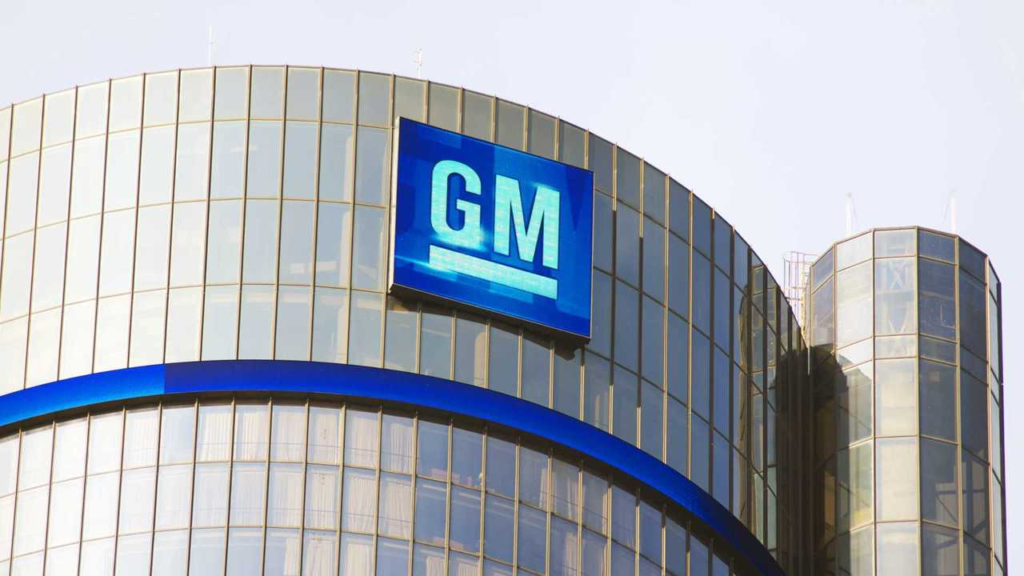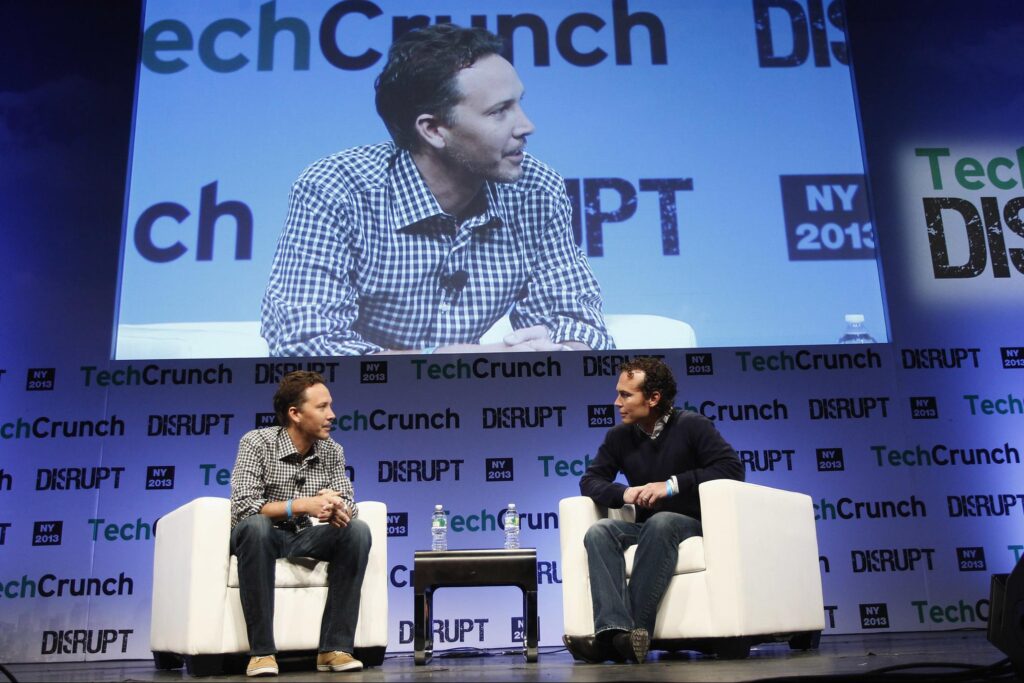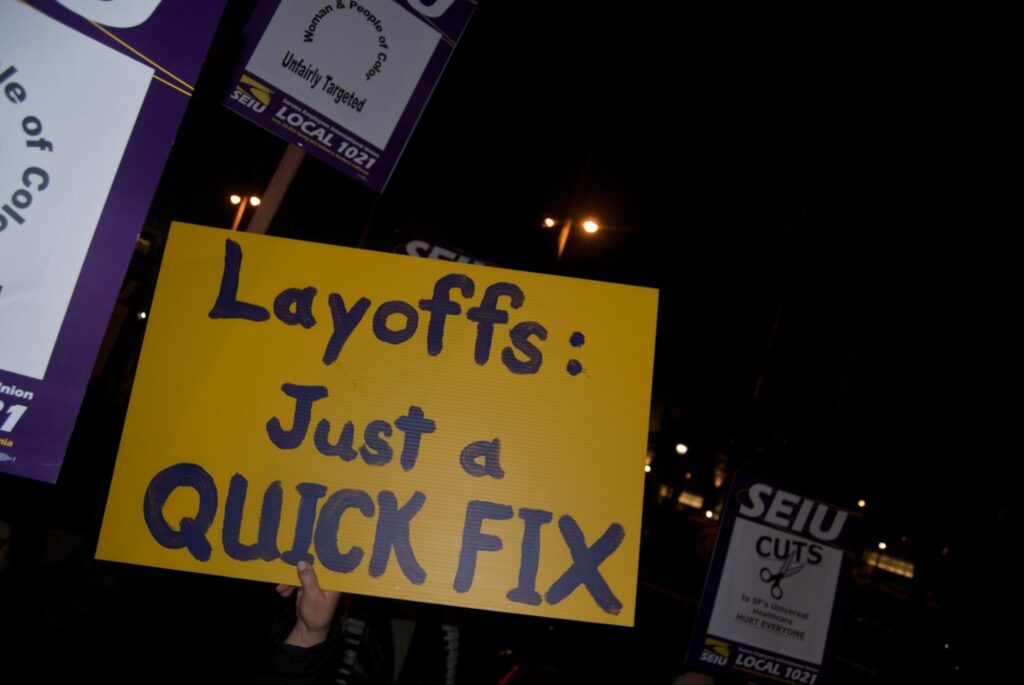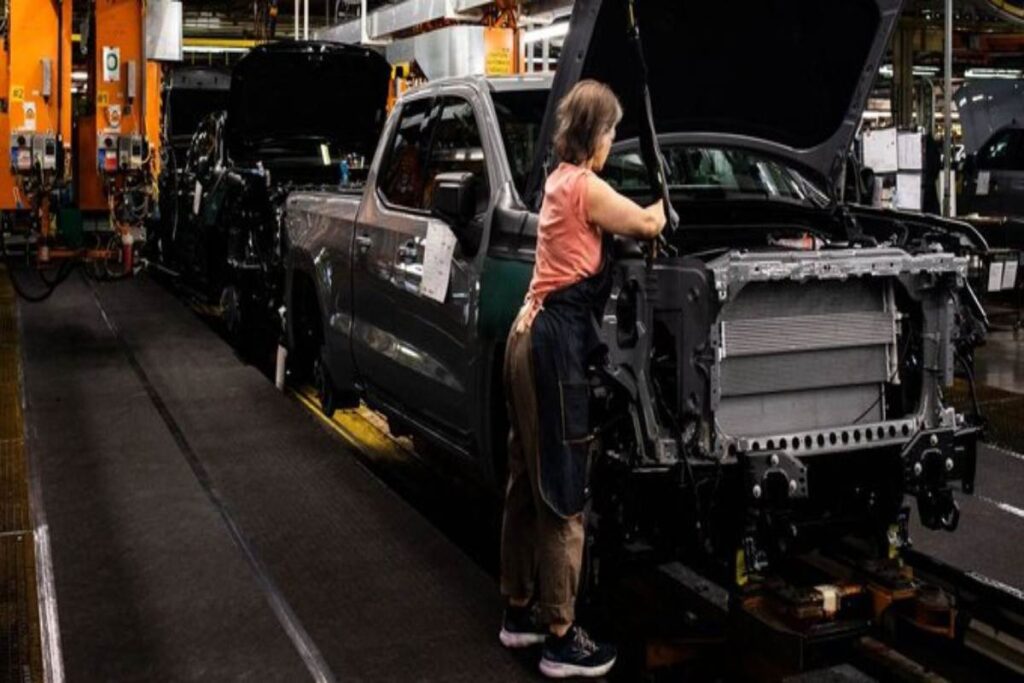A recent review of the human workforce requirements of General Motors Global’s software and services section has resulted in the layoff of well over 1,000 employees.

This massive change in the division’s operations comes from leadership changes. Key prime movers in the division left recently, including star-studded executive Mike Abbott, who stepped aside barely six months ago for health reasons.
Streamline Operations to Salvage a Dire Situation
About 600 of the GM employees who were laid off worked at the automaker’s Detroit tech campus. After the layoffs became an open secret, the automaker undertook a PR makeover.

An email from one of the automaker’s spokesmen read, “As we build GM’s future, we must simplify for speed and excellence, make bold choices, and prioritize the investments that will have the greatest impact.”
ALSO READ: Cisco to Cut 7% of Workforce Despite Beating Quarterly Earnings and Revenue Expectations
GM Gives Damage Control a Shot By Soothing Dismissed Employees
No disclosure was made of the total number of employees affected by the mass layoffs. However, GM did express appreciation to individuals who helped it attain its current status in the auto industry.

Above all, the email quickly clarified that the layoffs were inevitable as prospects of GM require streamlined and efficient operations, particularly in the affected division.
How Many GM Salaried Employees Are There?
Employees affected by the mass layoffs were notified on Monday, August 19, 2024. Due to the matter’s sensitivity, an anonymous GM insider gave a rough estimate of the number of affected workers.

According to the anonymous source, the recent mass layoff amounts to about 1.3% of GM’s global salaried workforce. The automaker is estimated to have about 76,000 salaried employees globally, with 53,000 domiciled in the United States.
Layoffs Go Viral Among Automakers
The workforce cuts in some divisions of auto industry companies are not peculiar to GM alone. So far, labor analysts suggest that these moves of mass downsizing are due to widespread negative sales projections in the auto industry.

So, most automakers try their best to reduce costs before the economic decline hits. Besides the potential drop in sales, many of these automakers are pumping billions of dollars into their R&D divisions in a bid to catch up with the widespread transition to software-defined vehicles and all-electric vehicles.
Are Automakers Adopting Service-Model On New Products?
Tesla was one of the first automakers to reveal its intent to monetize the auto industry’s software and services arm. Interestingly, all the other big names, including GM, have followed in quick stride.

The goal is to make recurrent revenues from software-defined vehicles. In effect, vehicle owners would have to pay for software updates for their automobiles, just like they do for Microsoft software.
New Execs Arrive in the Software and Service Division
GM intends to milk its software-defined vehicles through the software and services division by improving the OnStar brand, owners’ infotainment experience, subscription services, and other features that are still in development.

Abbott was GM’s executive vice president of software before leaving the company. However, the former Apple exec has been replaced by Dave Richardson and Baris Cetinok.
Specialization Should Foster Efficiency
Centinok and Richardson operate in California at GM’s Mountain View Technical Center. Richardson oversees the software engineering arm of the software and services division. His team will handle features like advanced driver-assistance systems, commercial solutions, and digital products.

Centinok, on the other hand, leads the product management and design team. His team is responsible for curating GM’s software design roadmap.
Why is GM Laying Off?
The layoffs are not peculiar to GM alone but affect most major automakers. So, the workers who fell under the axe are an indication of the automaker’s measures to eliminate all forms of dispensable costs within its global operations.

So, the 1,000 GM workers who were recently let go manifest the widespread fear of a downturn in the auto industry.
Do Layoffs Increase Productivity?
While layoffs are a sort of collateral damage for companies, they may still be a source of short-term relief during a financial crisis. This is so because it helps the organization save costs on funding the payroll and accompanying benefits.

However, studies have found that layoffs may cause long-term drops in productivity, as the surviving workers may lose confidence in their job security. Nonetheless, the outcome of layoffs may vary from industry to industry.
What Problems Are GM Facing?
There is no one-answer-addresses-all response to General Motors’ recent challenges. However, industry analysts have pinned the automaker’s woes on changes in consumer preferences, sluggish innovation, and poor financial management.

GM’s all-electric programs are well on the way but are struggling to scale. The loyalty of their customers is also tanking as many are going for energy-efficient and eco-friendly brands.
ALSO READ: A Summer of Cuts: Major Companies Unveil Widespread Layoffs
The Knock Out Punch Dealt to GM
To make matters worse, GM and Ford are both expecting low figures in the earnings report for Q2, thanks to a major cyberattack in June. The cyberattack took down CDK Global’s networks, thus affecting the operations of well over 15,000 car dealerships across the United States.

The attack will affect GM’s profits, as June is usually a key sales month for dealerships and automakers.
You Might Also Like:
Essential Insights Before Investing in Buffer ETFs
Cathie Wood Makes Major Investments in This Hot AI Stock—And It May Surprise You
Boeing Halts 777X Aircraft Tests After Discovering Damage to Jet Structure
Alaska Airlines and Hawaiian Airlines Merger Passes Justice Department Review, Awaits DOT Approval

